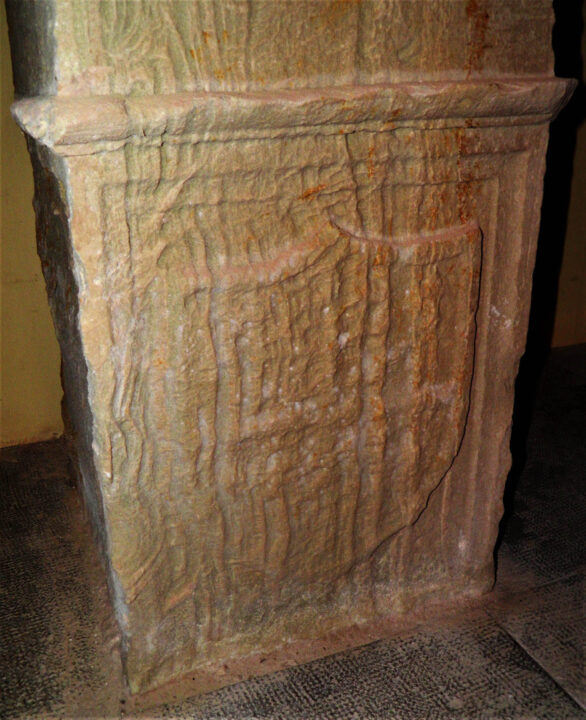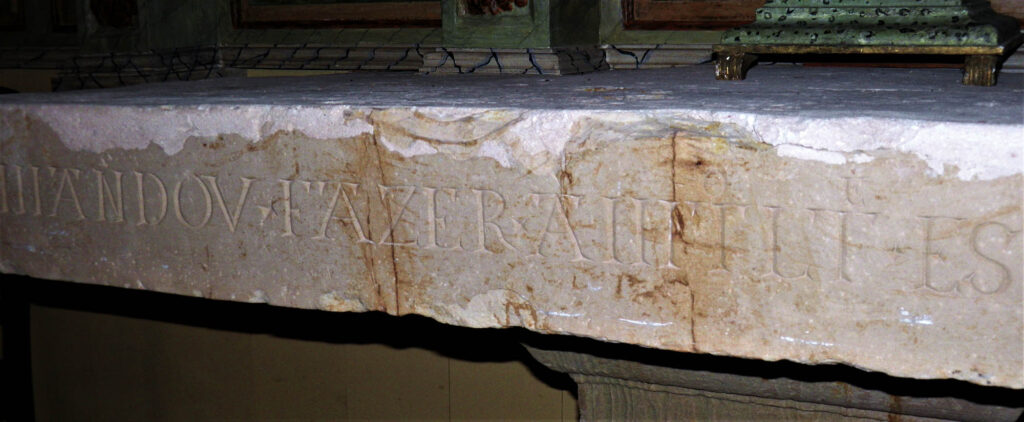One of the greatest mysteries in the history of the Eastern Algarve has just been unveiled: the noble stones of the hermitage of Santo António, built in the village of Santo António de Arenilha (formerly Vila Real de Santo António), have been located.
Historian Fernando Pessanha recalls that the town of Arenilha was founded at the mouth of the Guadiana, in 1513. It was established as a camp for victims, and in its port – where slaves and goods brought from Portuguese markets in North Africa were smuggled – it was often attacked by privateering and piracy.
Also according to the researcher, from 1542 onwards, the main mayorship of Arenilha was attributed to António Leite, captain of the Portuguese squares of Mazagão, Azamor and the Seinal fort, as compensation for the loss of the captaincy of Mazagão, where the forces were concentrated Portuguese women in southern Morocco after the evacuation of Safim and Azamor.
In fact, it was during the evacuation of Alcácer Ceguer, in 1550, that captain António Leite transferred to the religious buildings of Santo António de Arenilha (Igreja da Trindade and Ermida de Santo António) the noble stones of the existing chapel in the Seinal fort, namely, the baptismal fonts and holy water, a column with the coat of arms of António Leite and the stone of the main altar.
This information, advanced by Hugo Cavaco, in 2010, and developed in several studies by Fernando Pessanha, since 2014, raised, however, a doubt: the fate given to the noble stones of Arenilha when the town's population dispersed across the municipality, in XNUMXth century, during the Restoration War, to escape the constant attacks by the Spanish and Corsicans from North Africa.
The answer to this four-century-old enigma has now been unraveled by art historian Marco Sousa Santos, who identified, in the hermitage of Revelim de Santo António, in Castro Marim, a pedestal with what will be the coat of arms of Captain António Leite, mayor -mor of Arenilha, as well as the top of an altar table bearing the inscription: “ESTE.(A)LTAR.E.IRMI/DA.MANDOV.FAZER.AMTO.LE.ESTÃNDO.POR.CAPITÃ.N/O .IF(INAL) (…)”.
«This discovery stands out, therefore, for its great historical-cultural importance, not only because it is an archaeological heritage of the Algarves of Aquém and Além-mar, brought to the mouth of the Guadiana in the context of the reformulation of the northern strategy. of D. João III, as well as because it is the only (known) material that survived the disappearance of the town of Santo António de Arenilha, rebuilt from 1774 onwards with the name Vila Real de Santo António", explain Fernando Pessanha and Marco Sousa Santos.
«Behind these stones, there is a whole epic», highlights Fernando Pessanha in statements to Sul Informação. Captain António Leite, recalled the historian, brought these stones «from Morocco to Arenilha, so as not to leave them there to the Moors». For a long time, their whereabouts were unknown, but now, thanks to the investigation of Marco Sousa Santos, they were located in the hermitage of Revelim de Santo António, which is usually closed to the public.




















Comments